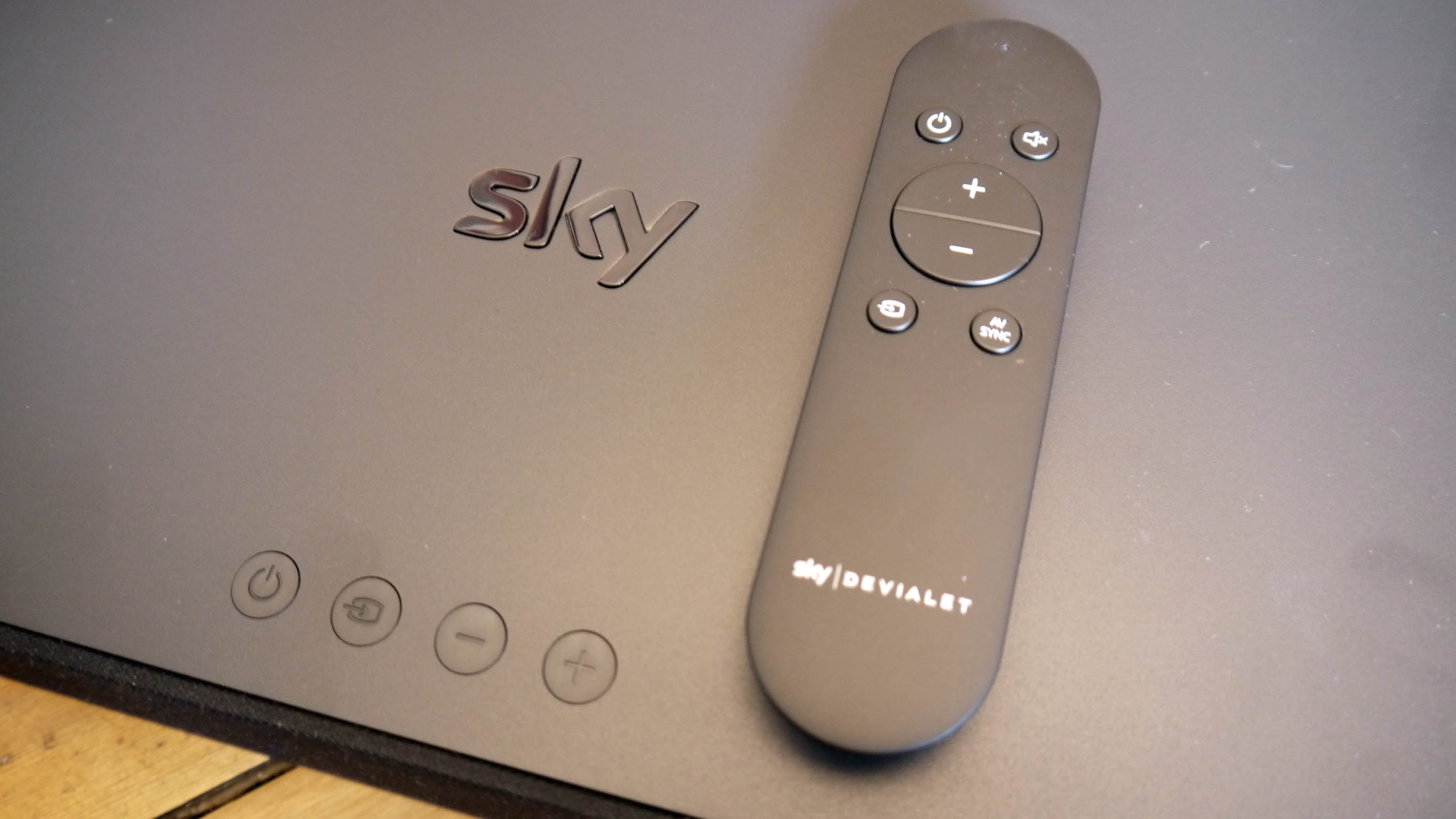World Cup watch: how to get the perfect TV picture for watching sports
Great tips on getting the best picture for sports

You might have noticed that there’s a bit of sport watching to do this summer: Wimbledon Tennis... test Cricket... Formula 1. Oh, and a little something called the FIFA World Cup.
From June to August you could probably fill every waking hour (and a few sleeping ones) by watching sport.
Of course, though, most of us won’t witness much of this sport ‘in the flesh’. Instead, we’ll be glued to our TVs. Which means we’ll be selling the experience short if our TVs aren’t set up to show sport off to its best advantage.
The first thing to consider when optimising your sports viewing is resolution. If you have a 4K TV and the sport you’re watching is available in 4K, make sure you’re actually watching the 4K version.
This might sound obvious, but hunting down the 4K versions of sporting events can be harder than you’d think. For instance, Sky’s 4K sport streams all hide in a dedicated Sky Sports/Ultra HD menu area (assuming you have a Sky Q UHD box and subscription); there’s no simple UHD channel. Similarly, while the BBC is showing World Cup games in 4K, they are only streamed via the ‘trial’ area of its BBC iPlayer app.
Telly tweaks
When it comes to tweaking your TV’s different picture settings, start off by checking if your TV has a dedicated Sports picture preset. In most cases this will simply appear in the main picture preset area of your TV’s menus. Some TVs, though - including many Samsung models - ‘hide’ their sports settings in separate menu areas.
Sport presets generally increase brightness, ramp up colour, boost contrast and apply some level of motion processing to the picture. Some additionally also use processing to manipulate the TV’s sound to produce a more ‘stadium-like’ effect.
Sign up for breaking news, reviews, opinion, top tech deals, and more.

While these Sports preset changes are all reasonable in principal, though, experience shows that they tend to be over-enthusiastic in their desire to deliver a ‘spectacle’. Activating the Sport mode on a recent Samsung TV while watching the French Open tennis tournament, for instance, reveals a clay court that looks like it’s been daubed in a luminous orange paint, skin tones that look like everyone has spent months on a sunbed, a ball that’s often joined by two ghostly ‘friends’, and player outfits that look like they’ve been dunked in fluorescent dye.
In short, while Sports presets mean well, you can generally get much better results by tweaking your TV settings manually.
Motion is the most important but also hardest thing to get right. Many TVs carry motion processing systems that add extra picture frames to make camera pans look more fluid and the passage of balls across the screen look clearer. However, these processors can also cause problems such as smudgy halos around fast moving players, smearing, and the ‘triple ball’ phenomenon mention earlier.
I’d suggest starting with motion processing turned off. If, though, you can’t live with the amount of judder you’re seeing during camera pans, or you’re finding it hard to track the ball, activate your TV’s motion processing - though only to its lowest setting, to minimise unwanted digital side effects.
World in custom motion
If your TV has a ‘Custom’ motion setting option, choose it and set the usual judder and blur components to a low setting; certainly well below half their maximum strength. This provides the best balance between the processing’s advantages and flaws.
You should also switch off all your TV’s noise reduction processing. Such processing is usually unnecessary (especially with 4K images) and invariably softens the picture - especially when there’s a lot of motion to cope with.
When it comes to other picture settings, it’s impossible to just give you exact settings to choose, as each TV brand uses different ‘scales’ and setting values. There are some general rules that should be helpful, though.
First, when it comes to brightness and contrast, by all means set them higher than you’d sensibly have them set for watching ‘regular’ TV. Don’t, however, push them all the way to maximum (unless the footage is in high dynamic range!) or the image will likely ‘flare out’, losing detail and looking unnatural. Somewhere between 80-90% of your TV’s maximum brightness should work best.
When it comes to colour, again I’d only recommend nudging colour up by 5-10% from the fairly neutral 45-50% level that works best for non-sport footage.
Sharpness needs handling with care, too. Many people think that boosting this will make players, footballs, tennis balls and so on easier to see. Actually, though, pushing sharpness too hard can cause the edges of objects to look forced and ghosty, as well as generating picture noise - or exaggerating source noise. So again, while raising sharpness a little higher than you’d ideally have it for normal viewing can be helpful, don’t over do it. Just 10% or so above a sensible sharpness setting for standard TV viewing should be enough.
Finally, your sense of immersion in whatever sporting event your watching can be enhanced by choosing a ‘Stadium’ effect or wide/pseudo surround setting in your TV’s sound menus.

Not all TVs carry such settings, and not all TVs have powerful enough speakers to make such settings effective. But it’s well worth exploring your TV’s sound menus and at least giving any sound-expanding options you find a trial run. (Note that if you have Sky Q and a Sky Soundbox, the Soundbox will automatically switch into Sport setting when it detects you’re watching a sports event.)
Follow the guide above and you should be all set to experience sport that looks and sounds almost as spectacular as if you were there in the stadium. Just don’t forget to add some chips and dips.

TechRadar's World Cup coverage is brought to you in association with Honor.

John has been writing about home entertainment technology for more than two decades - an especially impressive feat considering he still claims to only be 35 years old (yeah, right). In that time he’s reviewed hundreds if not thousands of TVs, projectors and speakers, and spent frankly far too long sitting by himself in a dark room.